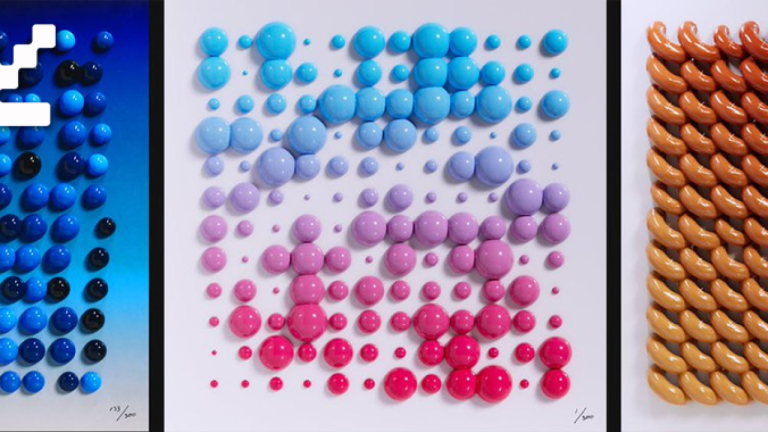 Yuga Labs, the creators of the blue-chip non-fungible token (NFT) collection Bored Ape Yacht Club (BAYC), announced that the team has completed its Ordinal Inscription auction with a total of 3,246 bidders. The Twelvefold collection of inscriptions generated 735.7 bitcoin, worth more than $16 million. The highest bid was 7.1159 bitcoin, equivalent to $160,000. Individuals […]
Yuga Labs, the creators of the blue-chip non-fungible token (NFT) collection Bored Ape Yacht Club (BAYC), announced that the team has completed its Ordinal Inscription auction with a total of 3,246 bidders. The Twelvefold collection of inscriptions generated 735.7 bitcoin, worth more than $16 million. The highest bid was 7.1159 bitcoin, equivalent to $160,000. Individuals […]
In the limited beta, Bicasso was taking user-submitted profile pictures and turning them into a work of digital art in seconds.
Binance’s newly launched artificial intelligence-powered nonfungible token (NFT) generator has been churning out digital art at full capacity, reaching a cap of 10,000 NFT mints in just 2.5 hours after launch.
On Mar. 1, the world’s largest crypto exchange Binance launched an AI-powered NFT generator called “Bicasso” in beta.
Binance CEO Changpeng Zhao told users “you can turn your creative visions into NFTs with AI,” following it up a couple of hours later with “Bicasso first pilot just completed with 10K NFT minted in 2.5 hours. The AI was a little stressed out, but caught its [breath] now.”
BICASSO first pilot just completed with 10K NFT minted in 2.5 hours. The AI was a little stressed out, but caught its breathe now. https://t.co/BBRevAdIUc
— CZ Binance (@cz_binance) March 1, 2023
The system is an AI-powered image-generation tool similar to AI-art platforms such as DALL-E. Users can either upload an image such as a profile picture for the AI to work on, or can type in creative prompts that will generate a bespoke image created with AI.
According to initial mint data, 9,909 owners created at least one NFT as part of the limited beta. The images were part of the pilot so are not available for resale.
Users were eager to share their creations on crypto Twitter.
#Bicasso is a new AI-powered NFT generator that Binance released in beta on Wednesday. It allows users to create NFTs by typing in a creative prompt or uploading an image. Users can then mint their images as NFTs on Binance’s native BNBchain. Do you want to try it out? pic.twitter.com/3hDy2Ife5Z
— Yuki Eliot (@yuki_binance) March 1, 2023
Following the pilot launch Binance acknowledged there were a few glitches due to demand, stating:
“Our team is currently working to increase the server abilities to reduce errors and to make the minting process smoother.”
It added that those that missed out on the 10K beta quota can still sign up for the waitlist for the full version.
The most recent NFT, “Bicasso AI#10445” was minted just an hour ago, according to the platform.


Related: AI-generative art predicted to be next trend for NFT sector
Generative art is a new archetype in the art world that in whole or in part has been created with the use of an autonomous system. On Feb. 28, renowned auction house Christie’s auctioned Taylor Hobbs’ “Fidenza #724”, an NFT created with a computer algorithm, for $440,000.
In August, Google Cloud AI transformed all 10,000 Bored Ape Yacht Club NFTs into machine-made works of art.
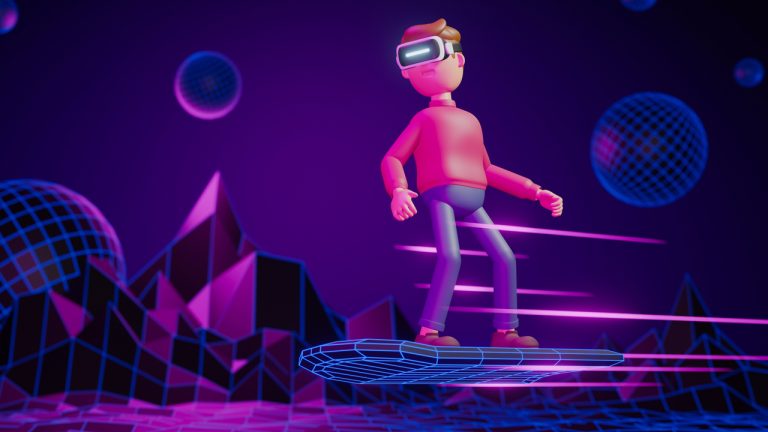 Non-fungible token (NFT) sales have soared this past week, climbing 138.15% higher than the week before. Sales recorded between last Friday and Feb. 24, 2023, indicate that $801 million in NFT sales have been settled over the last seven days. Ethereum Digital Collectibles and Mutant Ape Yacht Club Lead NFT Sales Surge While crypto asset […]
Non-fungible token (NFT) sales have soared this past week, climbing 138.15% higher than the week before. Sales recorded between last Friday and Feb. 24, 2023, indicate that $801 million in NFT sales have been settled over the last seven days. Ethereum Digital Collectibles and Mutant Ape Yacht Club Lead NFT Sales Surge While crypto asset […]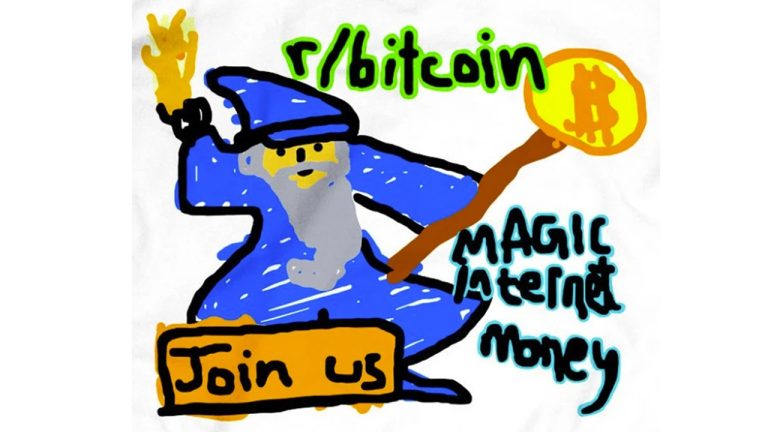 On Monday, crypto proponent Udi Wertheimer shared a story on Twitter explaining how he and the Taproot Wizards helped an artist who created the original 2013 bitcoin wizard meme raise nearly $150,000 in bitcoin. While the minting and sale were successful, Wertheimer explained that bitcoin maximalists and the r/bitcoin moderator Bashco disliked it. Artist Who […]
On Monday, crypto proponent Udi Wertheimer shared a story on Twitter explaining how he and the Taproot Wizards helped an artist who created the original 2013 bitcoin wizard meme raise nearly $150,000 in bitcoin. While the minting and sale were successful, Wertheimer explained that bitcoin maximalists and the r/bitcoin moderator Bashco disliked it. Artist Who […]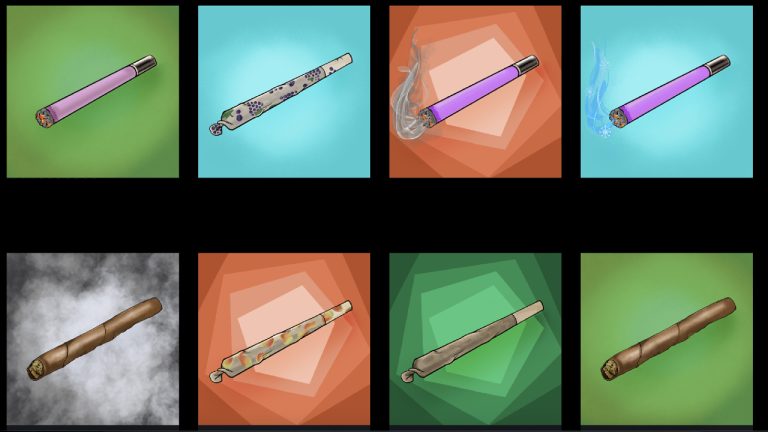 With more than 150,000 Ordinal inscriptions on the Bitcoin blockchain, there are now numerous collections as creators and artists have found a new way to monetize their artworks via blockchain technology. In the past month, people have launched collections such as Ordinal Punks, Ordinal Penguins, Bitcoin Shrooms, Inscribed Pepe, Planetary Ordinals, Based Apes, Satoshi Punks, […]
With more than 150,000 Ordinal inscriptions on the Bitcoin blockchain, there are now numerous collections as creators and artists have found a new way to monetize their artworks via blockchain technology. In the past month, people have launched collections such as Ordinal Punks, Ordinal Penguins, Bitcoin Shrooms, Inscribed Pepe, Planetary Ordinals, Based Apes, Satoshi Punks, […]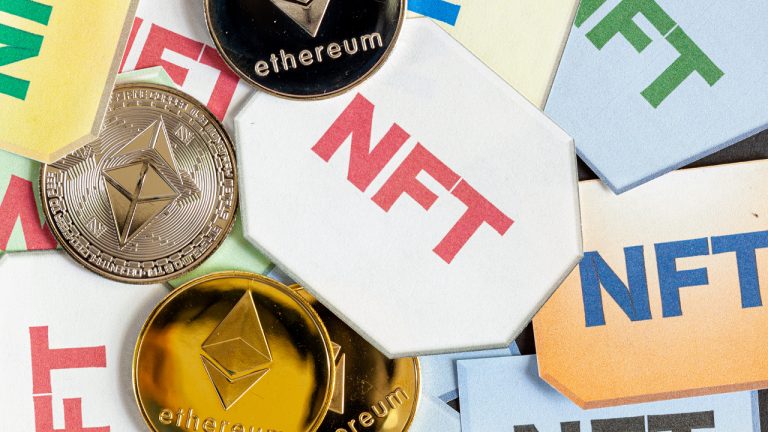 Sales of non-fungible token (NFT) assets over the last seven days rose 43.97% compared to the previous week, according to statistics recorded on Feb. 18, 2023. The volume of NFT sales reached $397.86 million this week, with 345,716 NFT buyers and roughly 1.62 million transactions. NFT Sales Continue to Rise in 2023, Ethereum Dominates NFT […]
Sales of non-fungible token (NFT) assets over the last seven days rose 43.97% compared to the previous week, according to statistics recorded on Feb. 18, 2023. The volume of NFT sales reached $397.86 million this week, with 345,716 NFT buyers and roughly 1.62 million transactions. NFT Sales Continue to Rise in 2023, Ethereum Dominates NFT […] The largest marketplace for non-fungible tokens (NFTs), Opensea, has announced major changes to its fee structure and policies in response to a shift in the NFT ecosystem. The company detailed that it will drop fees to zero for a limited time and offer an optional creator earnings model with a minimum of 0.5% for all […]
The largest marketplace for non-fungible tokens (NFTs), Opensea, has announced major changes to its fee structure and policies in response to a shift in the NFT ecosystem. The company detailed that it will drop fees to zero for a limited time and offer an optional creator earnings model with a minimum of 0.5% for all […]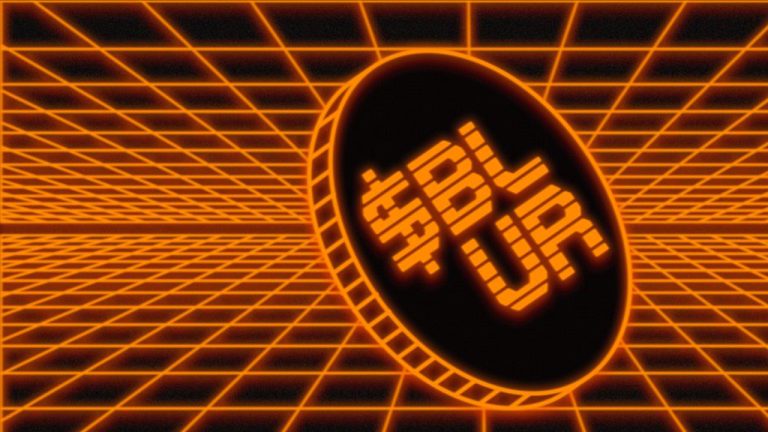 The Blur non-fungible token (NFT) marketplace launched its native token this week, and users who were awarded token allotments received “care packages.” Blur tokens began trading at noon on Feb. 14, reaching a high of $5.02 per token. However, the coin has since dropped more than 85% against the U.S. dollar. BLUR Token Launch Records […]
The Blur non-fungible token (NFT) marketplace launched its native token this week, and users who were awarded token allotments received “care packages.” Blur tokens began trading at noon on Feb. 14, reaching a high of $5.02 per token. However, the coin has since dropped more than 85% against the U.S. dollar. BLUR Token Launch Records […]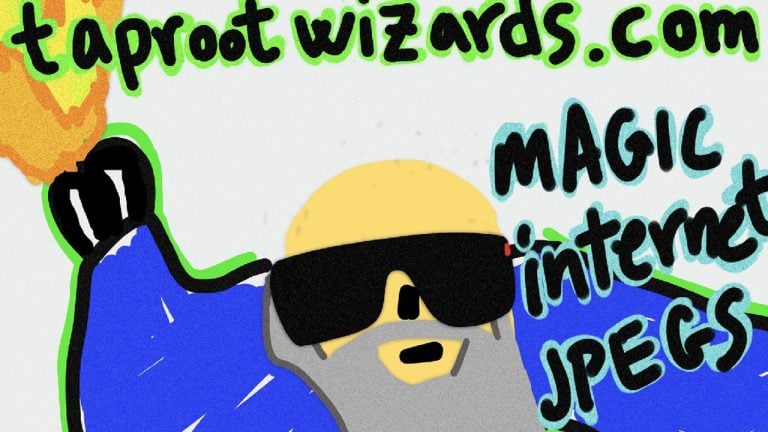 Amid the controversy surrounding the Ordinals project and the debate over what types of data should be stored on the Bitcoin blockchain, the network mined its largest block, nearly 4 MB in size, containing just 63 transactions. One of the transactions was a 3.94 MB Ordinal inscription featuring an image of a wizard, and the […]
Amid the controversy surrounding the Ordinals project and the debate over what types of data should be stored on the Bitcoin blockchain, the network mined its largest block, nearly 4 MB in size, containing just 63 transactions. One of the transactions was a 3.94 MB Ordinal inscription featuring an image of a wizard, and the […]
The community has been divided as to whether the NFT-like "digital artifacts" are the right fit for the Bitcoin ecosystem.
The recent launch of a nonfungible token (NFT) protocol on the Bitcoin mainnet has the crypto community divided over whether it’ll be good for the Bitcoin ecosystem.
The protocol, referred to as “Ordinals,” was created by software engineer Casey Rodarmor, who officially launched the program on the Bitcoin mainnet following a Jan. 21 blog post.
The protocol essentially allows for the Bitcoin version of NFTs — described as “digital artifacts” on the Bitcoin network.
These “digital artificats” can comprise of JPEG-like images, PDFs, video and audio formats.

The introduction of the protocol has the Bitcoin community divided however, with some arguing that it would offer more financial use cases for Bitcoin, while others say its straying away from Satoshi Nakamoto’s vision of Bitcoin as a peer-to-peer cash system.
Bitcoin bull Dan Held was one of those on board with the development, noting that it would drive demand for block space, and thus fees, while bringing more use cases to Bitcoin.
Why it's good:
— Dan Held (@danheld) January 29, 2023
- Brings more financial use cases to Bitcoin
- Drives more demand for block space (aka fees)
My take:
- If you pay a tx fee, it's not spam.
- Bitcoin is permissionless. Can't stop anyone from building it anyway.
Some have pointed out that these NFT-like structures have taken up block space on the Bitcoin network, which could drive up transaction fees.
BREAKING: NFTs ON #BITCOIN
— Bitcoin News ⚡ (@BitcoinNewsCom) January 29, 2023
Ordinals are taking up most of the BLOCKSPACE pic.twitter.com/Gxwq4vV8MI
Among those include “Bitcoin is Saving” on Twitter, suggesting to its 237,600 followers on Jan. 29 that “privileged wealthy white” people’s desire to put JPEGs as status symbols may exclude marginalized people from participating in the Bitcoin network.
Cryptocurrency researcher Eric Wall disagreed with the opinion that the in-built block size limit will prevent a rise in transaction fees.
Others, such as Blockstream CEO and Bitcoin core developer Adam Back wasn’t happy with meme culture being brought to Bitcoin, who suggested the developers to take the “stupidity” elsewhere:
"you can't stop them" well ofc! bitcoin is designed to be censor resistant. doesn't stop us mildly commenting on the sheer waste and stupidity of an encoding. at least do something efficient. otherwise it's another proof of consumption of block-space thingy.
— Adam Back (@adam3us) January 29, 2023
However, Ethereum bull and host of The Daily Gwei Anthony Sassano took a shot at the Blockstream CEO for wanting “undesirable” transactions to be censored — which many believe goes against the ethos of Bitcoin:
Adam Back and Luke Dashjr are both Bitcoin core developers who have encouraged censorship over the last 48 hours of these "undesirable" transactions
— sassal.eth (@sassal0x) January 30, 2023
So no, it isn't just Bitcoin maximalists - it's actual Bitcoin core developers
Related: Stacks ecosystem becomes #1 Web3 project on Bitcoin
In a blog post, Rodarmor explained that the NFT-like structures are created by inscribing satoshis — the native currency of the Bitcoin network — with arbitrary content.
These inscribed satoshis — which are cryptographically represented by a string of numbers — can then be secured or transferred to other Bitcoin addresses, according to notes in Ordinal’s technical documentation:
“Inscribing is done by sending the satoshi to be inscribed in a transaction that reveals the inscription content on-chain. This content is then inextricably linked to that satoshi, turning it into an immutable digital artifact that can be tracked, transferred, hoarded, bought, sold, lost, and rediscovered.”
The inscriptions take place on the Bitcoin mainnet, no sidechain or separate token is needed, the document states.
Inscriptions are finally ready for Bitcoin mainnet.
— Casey Rodarmor (@rodarmor) January 20, 2023
Inscriptions are like NFTs, but are true digital artifacts: decentralized, immutable, always on-chain, and native to Bitcoin. https://t.co/a4dK7zdITS
It appears that only 277 digital artifacts have been inscripted thus far, according to the Ordinals website.
Interestingly, Rodarmor — admitted in an Aug. 25 interview on Hell Money Podcast that Ordinals was created to bring memes to life on Bitcoin:
“This is 100% a meme-driven development.”